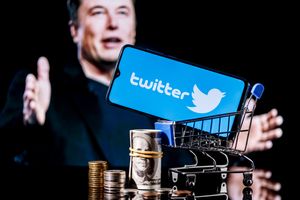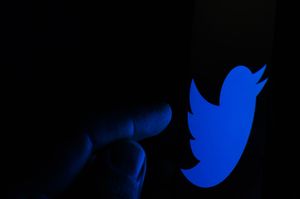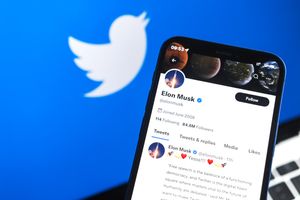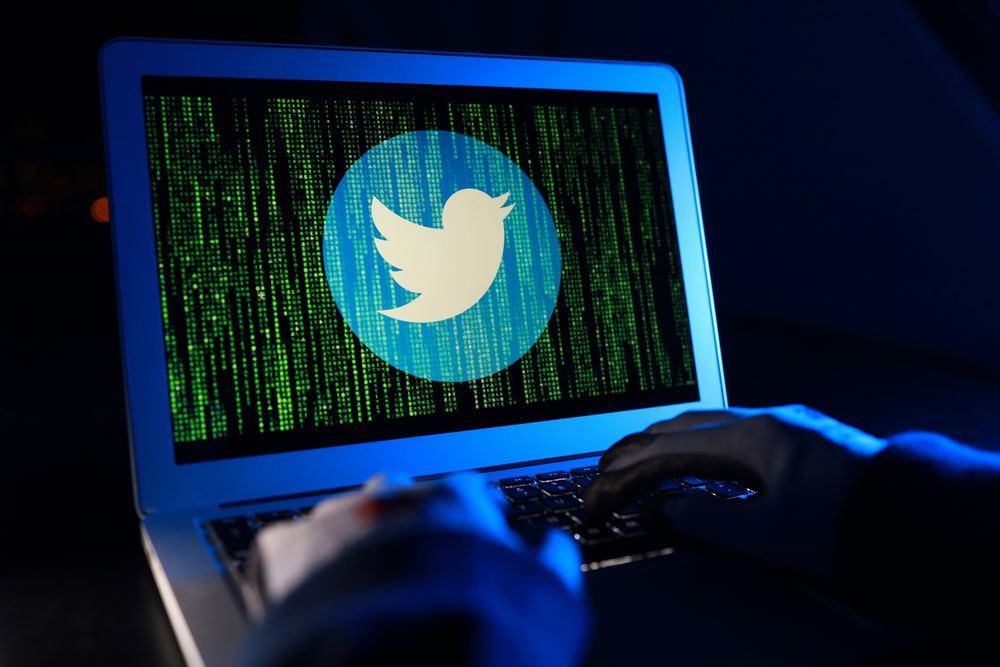Twitter uses an algorithm to personalise your timeline with tweets, information, and content aligned to the topics you’ve shown interest in or follow. Following his successful bid to acquire Twitter, Elon has publicly opined that this algorithm should be publicly available on GitHub, a space where anyone can access and read the code powering the Twitter feed algorithm.
Twitter algorithm should be open source
— Elon Musk (@elonmusk) March 24, 2022
I think we need to be careful at managing expectations.
Let’s understand what is being said.
The software of Twitter is written in something called code. Code is what we refer to as the scripts used to build software and data solutions. This code/scripts are what drives the value or intellectual property of software companies powering the product(s) they created.
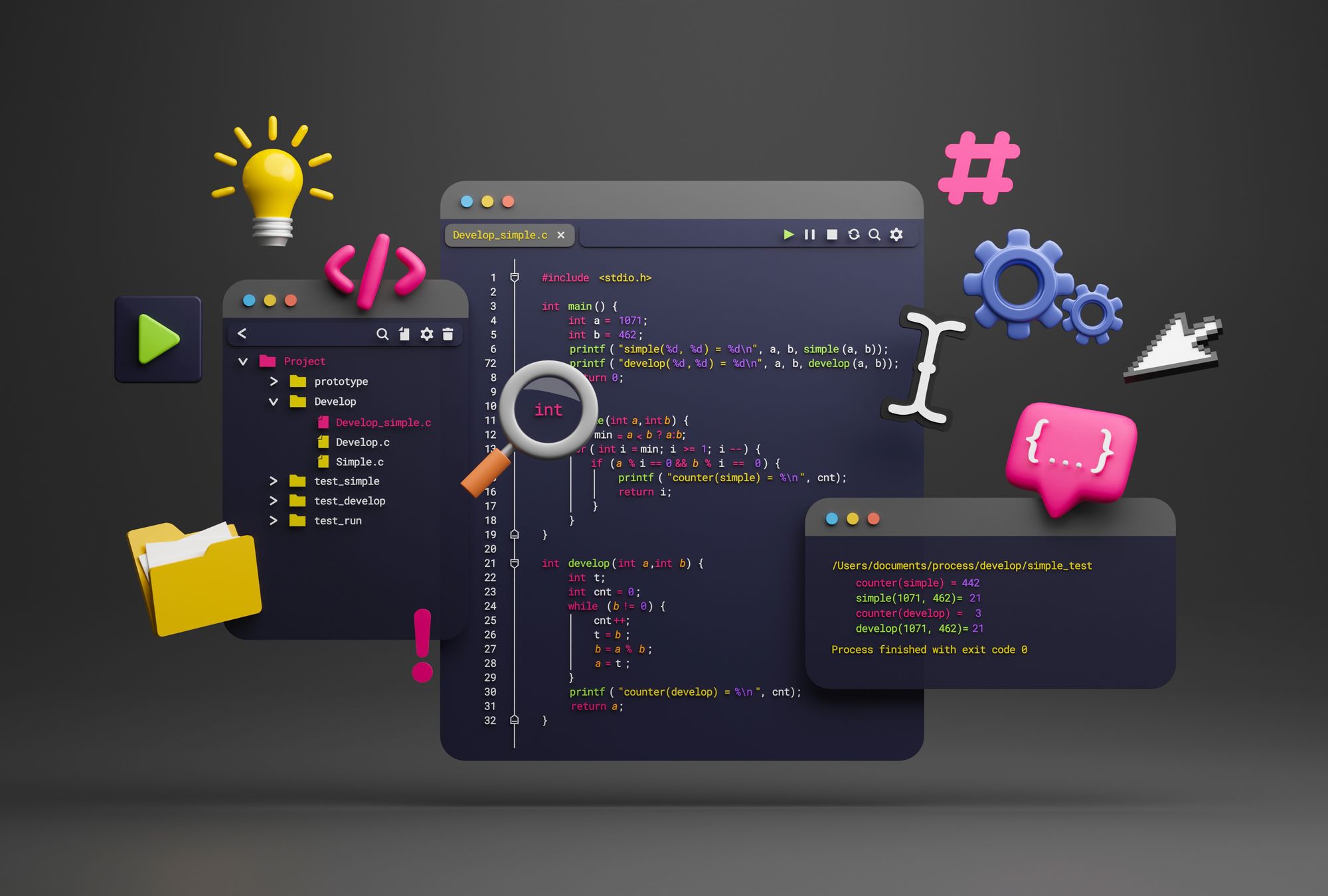
The Twitter ecosystem comprises several software and data structure components, where each component is written in code. Each component is designed to fulfil a purpose and communicate with other compatible parts to achieve the desired outcomes.
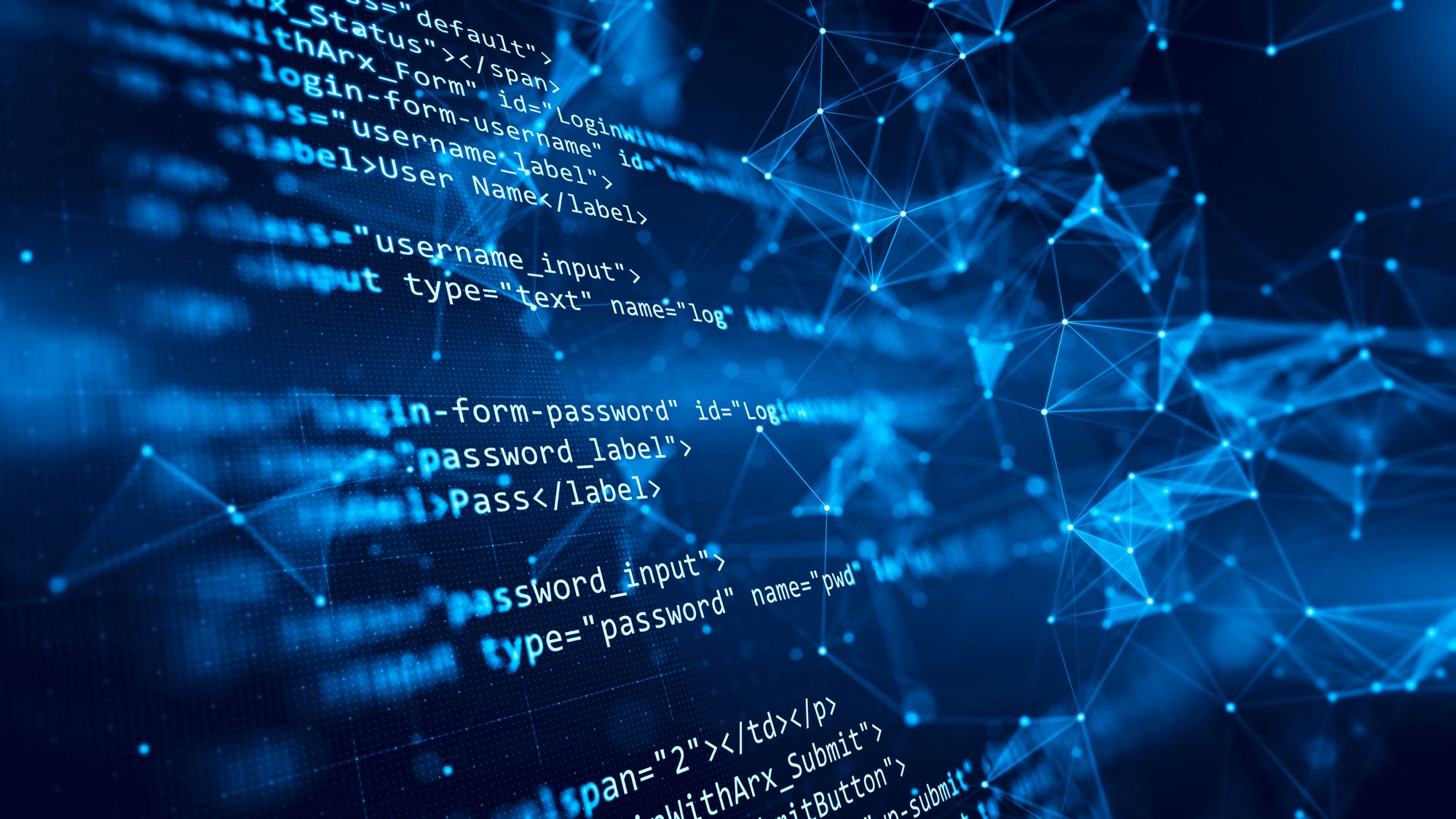
This software code is stored inside systems known as source control systems. These systems are designed only to allow company-authorised users to access the code and allow changes to that same code. Companies and individuals can choose who to authorise - a select few authorised employees and partners vs everybody.
When code is made available to everyone, this code can be accessed, seen and analysed by the general public. Making the source repository of the code public is making that code "open source".
One of the most famous online communities hosting several open-source projects is GitHub.
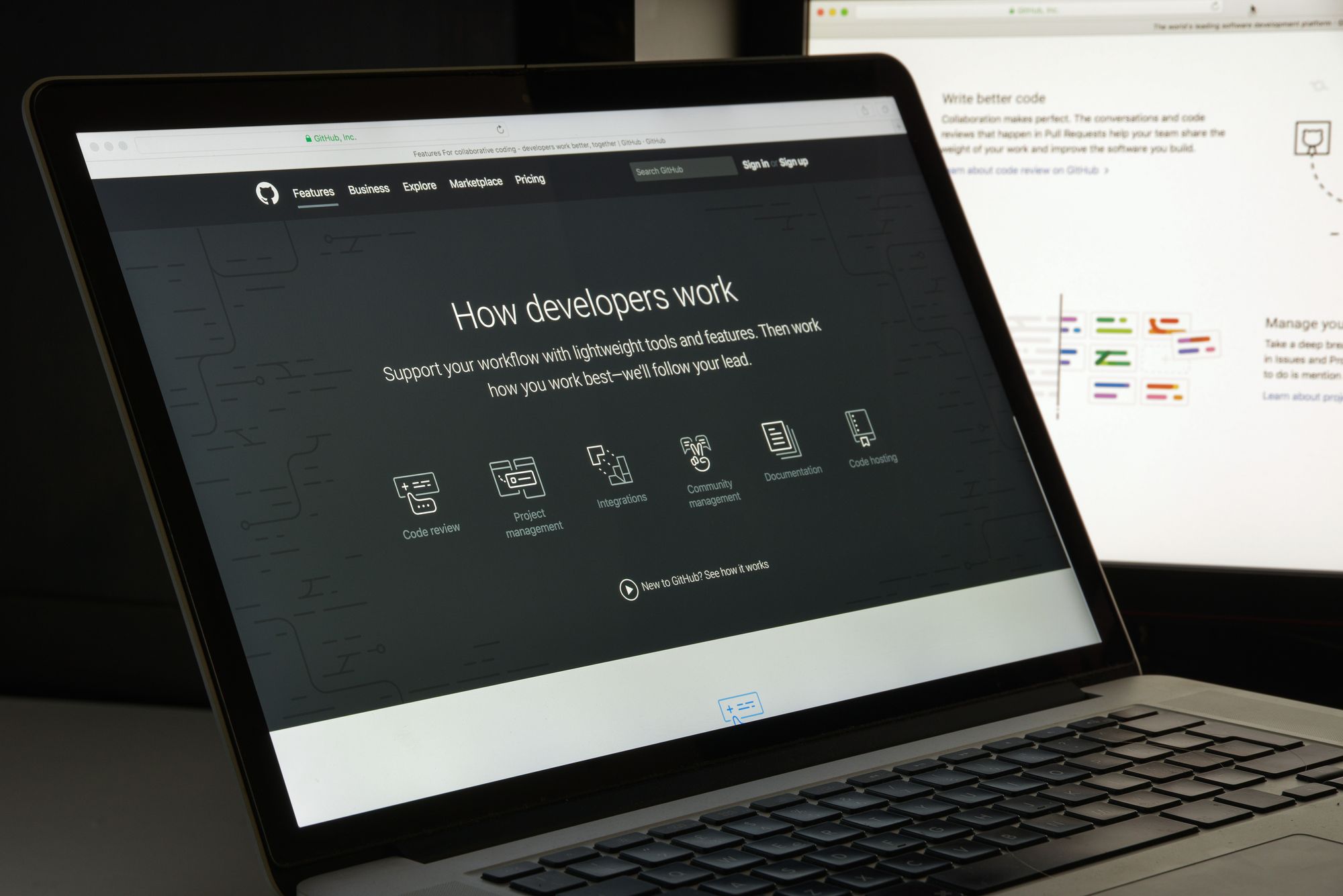
Once the code is public, anyone can download that code and analyse it for any misbehaviour or intentional bias that was put in by the developer(s)/vendor(s).
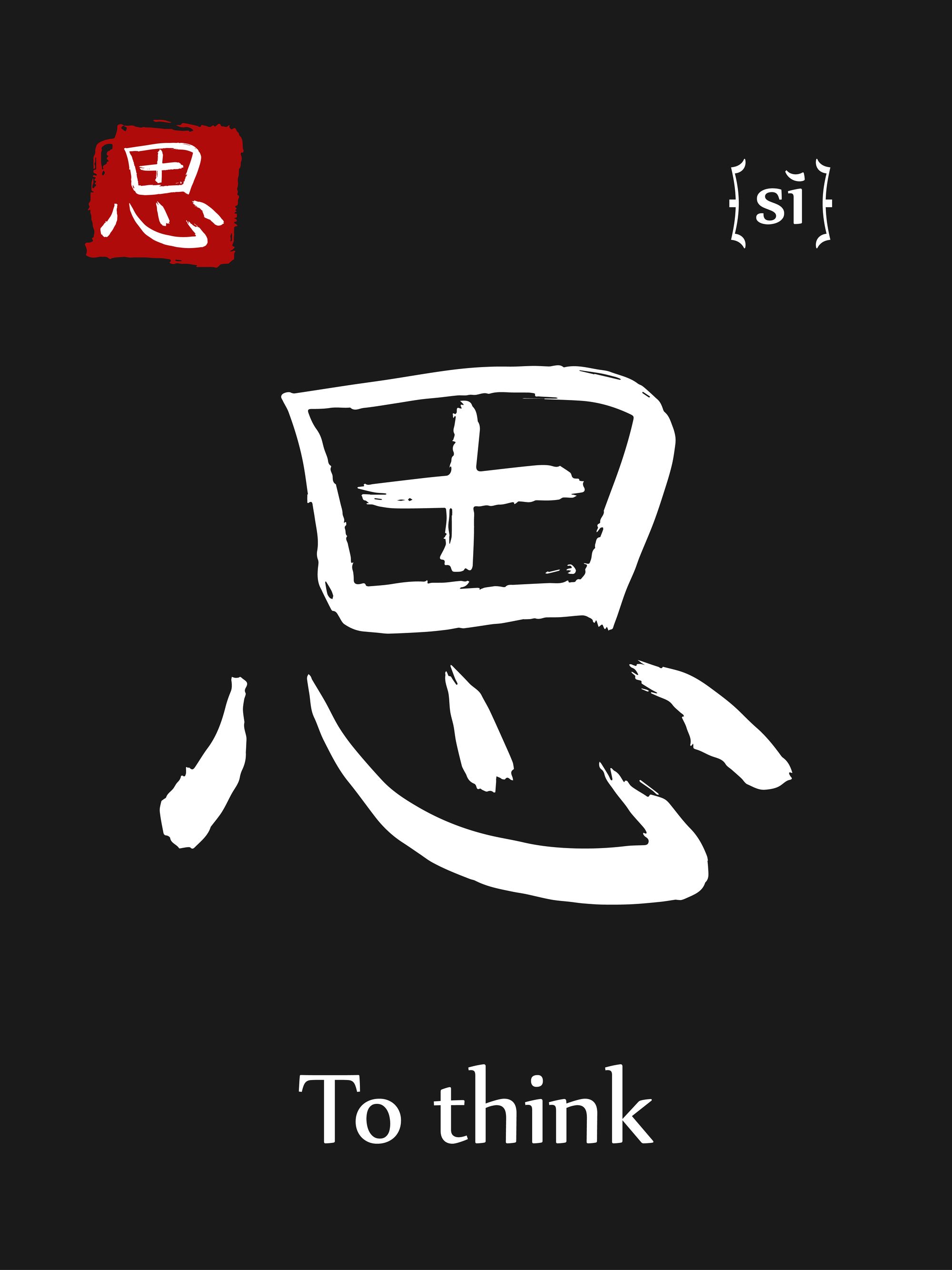
NOTE: People who are not experienced in the science of software development will find it challenging to understand. Using an example, if you are not trained in reading and understanding the Chinese language, you will be incredibly challenged to understand both the words and meaning behind a Chinese transcript.
This is because you need to simultaneously understand and interpret the message behind the symbols, their positions, the grammar, syntax, flow, etc.).
The same stands for computer code.
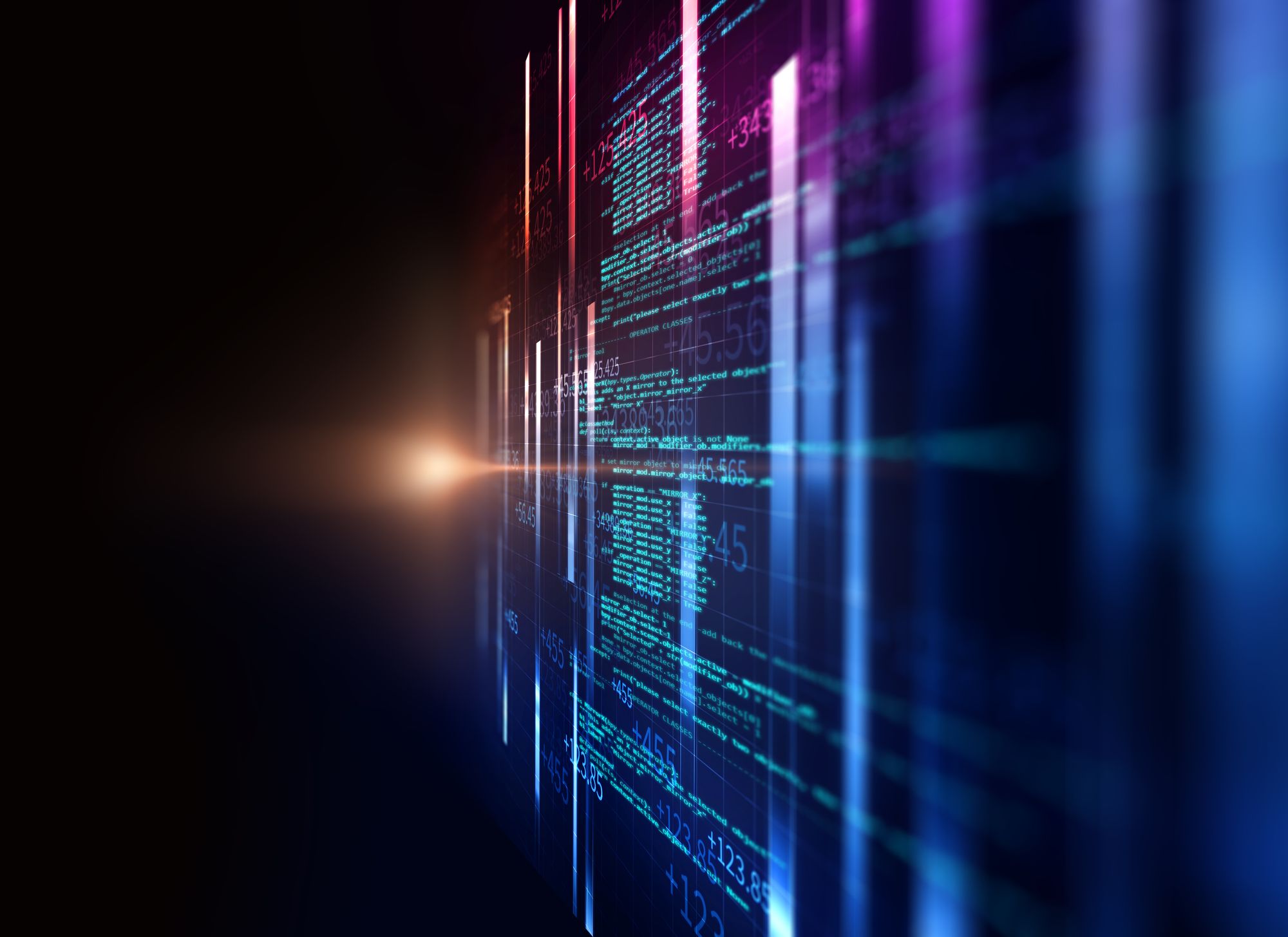
This also means that you would need to have a software development understanding of the respective languages used by Twitter TOGETHER, WITH the patience/desire to understand what it does and make sense of it.
Mind you, there are such people and they will surely jump in!
Elon Musk is suggesting Twitter will net benefit by publicly posting the code behind the Twitter feed algorithm in open source. This means the general public would be kept up to date with any updates posted by Twitter developers to the feed algorithm, thereby ensuring public scrutiny and transparency are kept around the decision making processes that feeds public content that matters to individuals.
Everyone can, but not everyone will manage :)
Those who have an interest in studying the algorithm will be able to commission work to do so. This will include people who are interested in fairness, privacy, and security. It will also be of interest to computer scientists who study this kind of thing.
Going technical, some information, such as encryption keys, will be kept hidden. “Open” means that it is available with explicit permission from Twitter. To date, only Twitter personnel were able to see and apply changes to the executing code of the feed algorithm.
Otherwise said, by putting the code in open-source mediums, users globally would be able to see why tweets/news/posts trend (positively/negatively) the way they do, thereby understanding why certain tweets appear on our timelines versus others.

Now I am not expecting Elon to put the entire code base of the whole company on such a system. More likely, by “open sourcing” Twitter’s algorithm, Elon is only talking about making a small sub-set of its algorithms available for public inspection.
These, I imagine, would include the algorithms that power the APIs BETWEEN the Twitter Services (purple areas in the image above) and the iOs/Android/Web components (Green areas in the image above).
if others can read the code, they can use it for their own solutions or could make suggestions to Twitter’s own developers for changes.
Twitter & open-source today
Twitter (pre-Elon era) already has an active GitHub repository (Twitter · GitHub) where it posts code for a range of projects. This is accessible today. With his words, Elon is saying that he will add a new project for the Twitter feed algorithm to this location.

Why we want the feed algorithm to be open source
Putting the algorithm that prioritises the news feed on open source enables people to scrutinise and be better ambassadors for how news is presented to people. While posting the code to open source will not tell you very much, it extends an olive branch towards transparency and dispels conspiracy theories by reducing suspicions of corporate agendas behind news positioning (e.g. work agendas, political angles) and more. This idea is both feasible and advisable.
"Seeing the code behind an algorithm doesn’t necessarily tell you how it works, and it certainly doesn’t give the average person much insight into the business structures and processes that go into its creation.", MIT Technology Review
Setting expectations
As you saw above, Twitter comprises several components, APIs etc. Together they form a complex ecosystem of components talking to each other. The feed algorithms are merely a smaller subset of this entire ecosystem.
"There’s also not one single algorithm that controls Twitter. “Some of them will determine what people see on their timelines in terms of trends, or content, or suggested follows,” says Catherine Flick, who researches computing and social responsibility at De Montfort University in the UK. The algorithms people will primarily be interested in are the ones controlling what content appears in users’ timelines, but even that won’t be hugely useful without the training data.", MIT Technology Review
It is unclear how much transparency we will get by Elon making Twitter's algorithm code available as open source. Simply seeing the code of a component does not tell you much about what it does and the data it leverages in collaboration with the vast amounts of data and components that power and support it.
Concluding
We need to set expectations here. I do not believe that Elon Musk is looking at open-sourcing all the infrastructure and systems used by Twitter. However, it is a compelling reason for people disgruntled with the current Twitter feed to want to see this happen.
I am sure this is not the last we have seen of this story. Surely there will be fallout and side effects from this move. I look forward to learning more about this, and whether in the longer term it will enable Twitter with a unique value proposition over its competition - TRUST.

